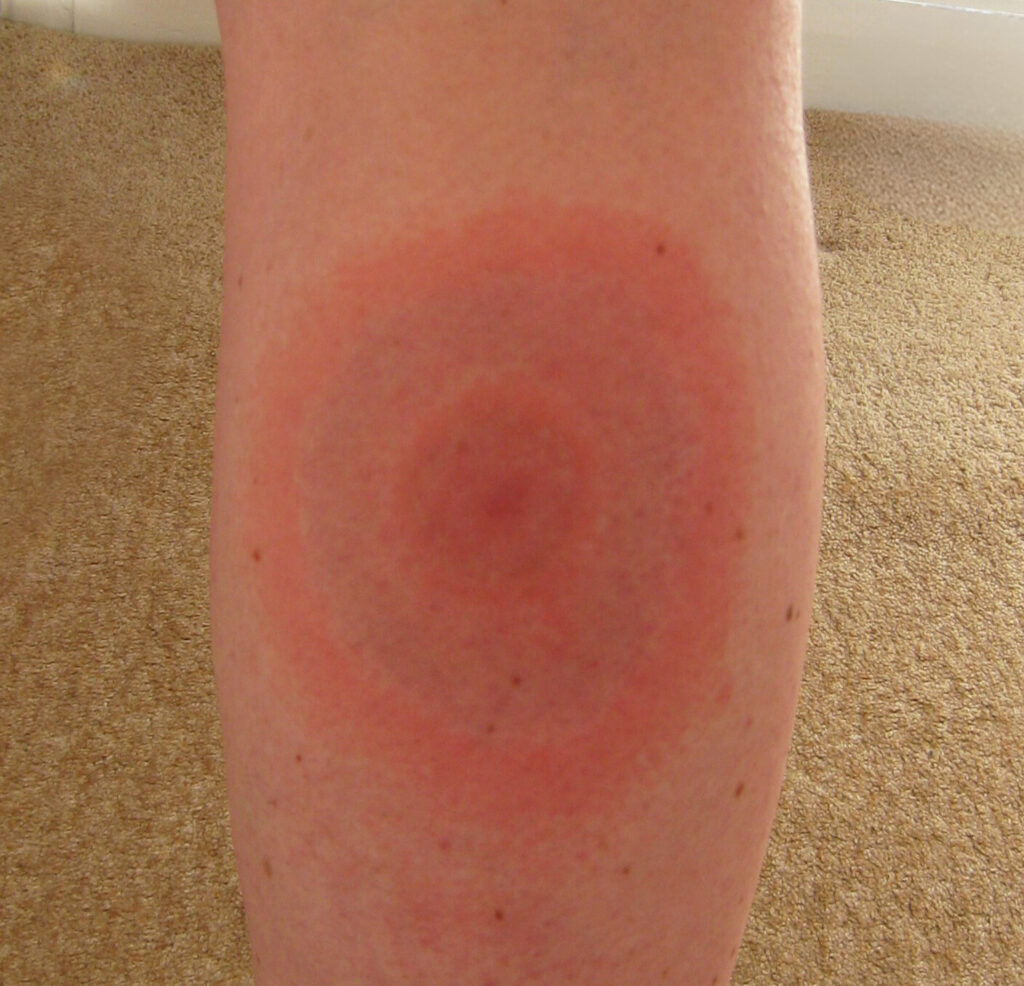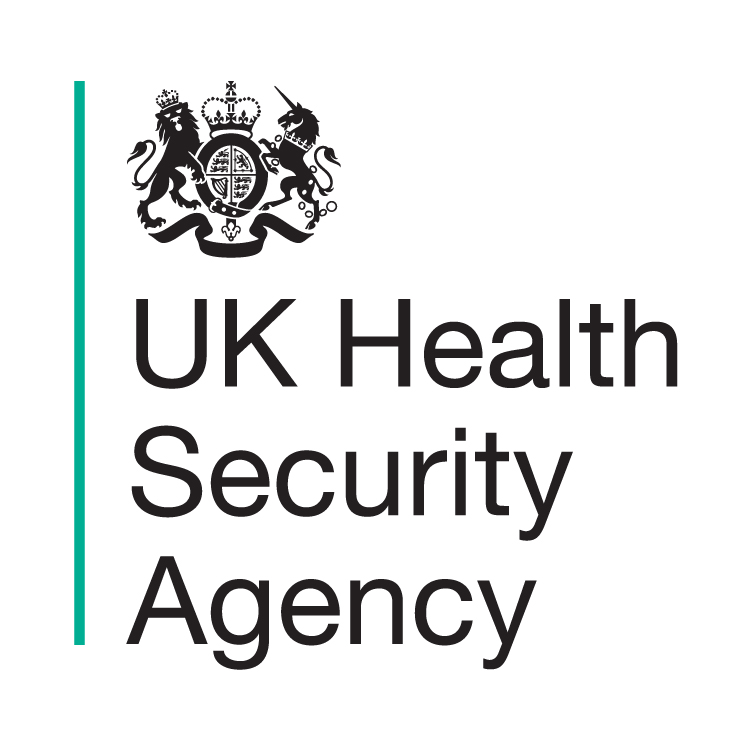
As summer arrives, you’re likely to spend more time outdoors with your children. Lots of us love this time of year and it’s great to enjoy the longer days and warmer weather.
It’s worth being aware, however, of some common seasonal infections and hazards to help you spot illness more easily and take action if you need to
Food and water-related illnesses
Infections triggered by Salmonella, Campylobacter and Shiga toxin producing E coli (STEC) are quite common, particularly in summer months. They cause unpleasant gastrointestinal symptoms including diarrhoea (sometimes bloody), stomach cramps, and fever.
All 3 infections spread through undercooked meats, unpasteurised dairy (like raw milk), unwashed vegetables, direct animal contact at farms or petting zoos, and contaminated water. Most children recover within 1 to 2 weeks, though in rare cases STEC can lead to serious kidney complications.
You can avoid catching them through handwashing after toilet visits and animal contact, cooking meat thoroughly, proper food storage with adequate refrigeration, and careful handling of raw meats to prevent cross-contamination.
If your child gets poorly with stomach issues after swimming or after visiting a farm this summer, it could be because of Cryptosporidium, a microscopic parasite that causes an illness called cryptosporidiosis. It commonly affects children aged 1 to 5, causing severe watery diarrhoea, stomach cramps, vomiting, fever, and loss of appetite for approximately 2 weeks. Symptoms often follow a pattern - improving and then feeling worse again before full recovery. Children typically contract cryptosporidiosis from swallowing contaminated water while swimming in pools, lakes or rivers, or through contact with infected faeces, such as on farm visits.
You can help prevent it through frequent handwashing, teaching and encouraging children not to swallow swimming water, washing fruit and vegetables thoroughly, and maintaining good hygiene at home by washing clothes and towels on hot cycles (60C or higher) if someone becomes infected.
Things to keep in mind when outdoors this summer
Bites from infected ticks can cause diseases like Lyme disease or tick-borne encephalitis (TBE), especially during the spring and summer months when ticks are most active. Ticks are most common in the countryside, particularly in woodlands and grasslands where wild animals (including deer) and livestock are also abundant. Other green spaces such as urban parks or gardens can also provide opportunities for contact between people and ticks.
Although most ticks will not carry diseases, it is important to be aware of the common symptoms and signs and when to seek help.
Symptoms of Lyme disease typically start with a 'bullseye' rash 3 to 30 days after being bitten, along with flu-like symptoms and fatigue – get the full list of symptoms here. Not everyone gets the rash but it’s useful to know what it looks like if you are doing activities in places tick might be present.

The symptoms of TBE can range from completely asymptomatic infection to mild flu-like illness, all the way to severe infection in the central nervous system such as meningitis or encephalitis (swelling of the brain).
You can reduce the risk of developing Lyme disease and TBE by staying on defined paths, covering exposed skin, using appropriate insect repellent, and checking for ticks after outdoor activities. Remove ticks promptly with fine-tipped tweezers or a tick-removal tool and consult your GP if symptoms develop.
Hot weather
Heat-related illnesses can affect children suddenly as they're less able to regulate body temperature. Signs of heat exhaustion include tiredness, weakness, feeling faint, headache, muscle cramps, nausea, heavy sweating, and intense thirst.
COVID-19 and other respiratory illnesses
Coughs and colds can occur all year round and advice on treating these mild illnesses can be found on the NHS website.
Remember that antibiotics don’t work for colds or flu. While viruses like flu and RSV surge in winter months, COVID-19 can increase during the summer as well as other times of year.
Other infections to be aware of
Measles outbreaks are continuing across England. Initial symptoms include cough, runny nose, high temperature, and red, watery eyes, followed by a distinctive rash starting on the face and spreading to the body. Some children develop small white spots in their mouth.
If you suspect measles, call ahead before visiting healthcare settings to prevent spreading the infection. Children with measles should stay home for at least 4 days after the rash appears. Two doses of the MMR vaccine ensure full protection, with the first given at 12 months.
Meningitis requires urgent medical attention. Symptoms develop suddenly and include high temperature, severe headache, vomiting, stiff neck, sensitivity to bright lights, drowsiness, and sometimes a distinctive rash that doesn't fade when a glass is rolled over it. Call 999 immediately if you suspect meningitis, without waiting for all symptoms to appear, as deterioration can be rapid.
Protection comes through various childhood vaccines as outlined here.
When to seek help
Contact your GP or NHS 111 if your child has severe or bloody diarrhoea, signs of dehydration (decreased urination, dry mouth, sunken eyes), spreading rashes, or symptoms persisting beyond the expected timeframe. Seek emergency care for severe headache with neck stiffness, seizures, confusion, or behavioural changes.
Check your child's vaccinations red book to see if they are fully immunised and if still unsure contact your GP surgery. Keeping vaccinations up to date provides the best protection against many serious infections while following preventive measures helps ensure a healthy, active and fun summer.
